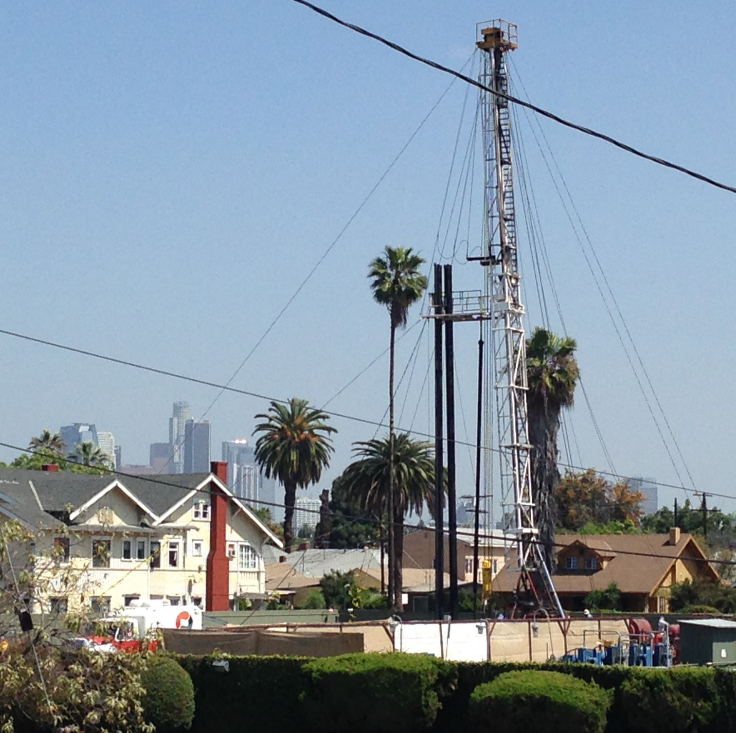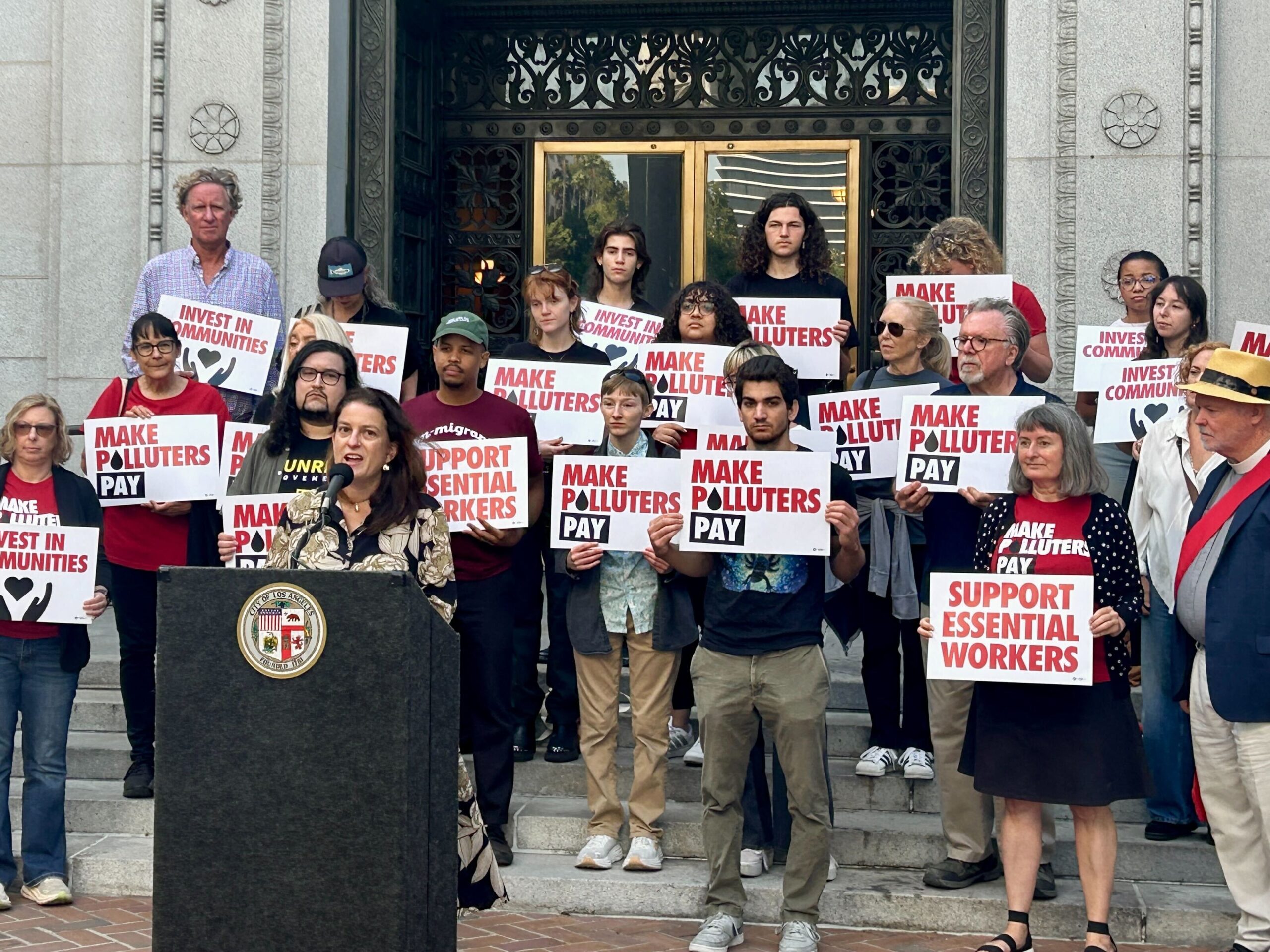SACRAMENTO—On Friday, as youth across California were striking to protect their futures from disastrous climate change, the office of Governor Newsom announced that he would be signing an executive order to “leverage the state’s $700 billion pension investment portfolio and assets to advance California’s climate leadership.” While the executive order touches on many aspects of California’s economy, including state investments, transportation systems and vehicles and electric vehicle infrastructure, it fails to address the state’s fossil fuel industry.
In the face of catastrophic climate change, environment and justice activists say we must take direct steps to curb in-state oil production to truly address the crisis ahead of us. Last Chance Alliance, a group of over 750 environmental, health, justice, faith, labor, community, parent and consumer organizations are urging Newsom to take action on the state’s long-standing fossil fuel industry that presents daily threats to public health and the climate.
In response to the Governor’s executive action, Last Chance Alliance issued the following statement:
“While we understand that the climate crisis represents a challenge for which many solutions should be pursued with great urgency, we can think of no greater way to address the state’s entrenched reliance on fossil fuels than phasing out the extraction and production that digs us deeper into catastrophe. From the global stage yesterday during his opening remarks at the UN Climate Summit, Newsom told the world that California ‘gets’ climate change. But we see a state where young people choke on smoky air and generations have grown up around a toxic industry. Young people missing school to strike around the state this week remind us that combating climate change is the greatest test of our commitment to future generations. Governor Gavin Newsom: do not fail this test. If California ‘gets’ the urgency of the climate crisis, we need to stop new fossil fuel projects, drop existing production and roll out 2,500 foot science-based setback limits between toxic fossil fuel infrastructure and homes, schools and other sensitive sites.”




